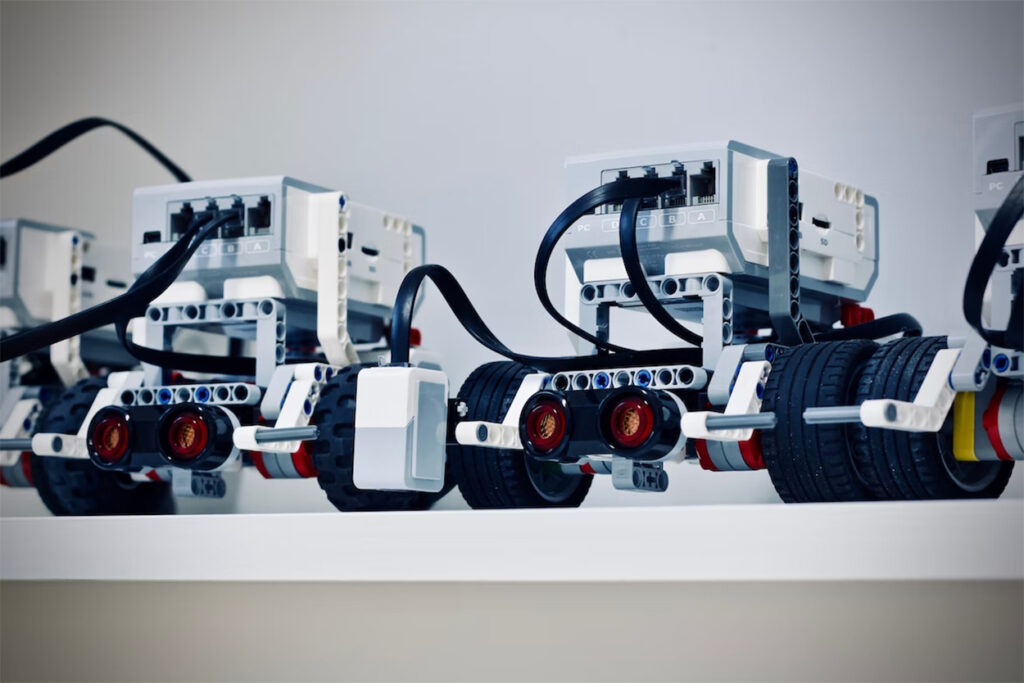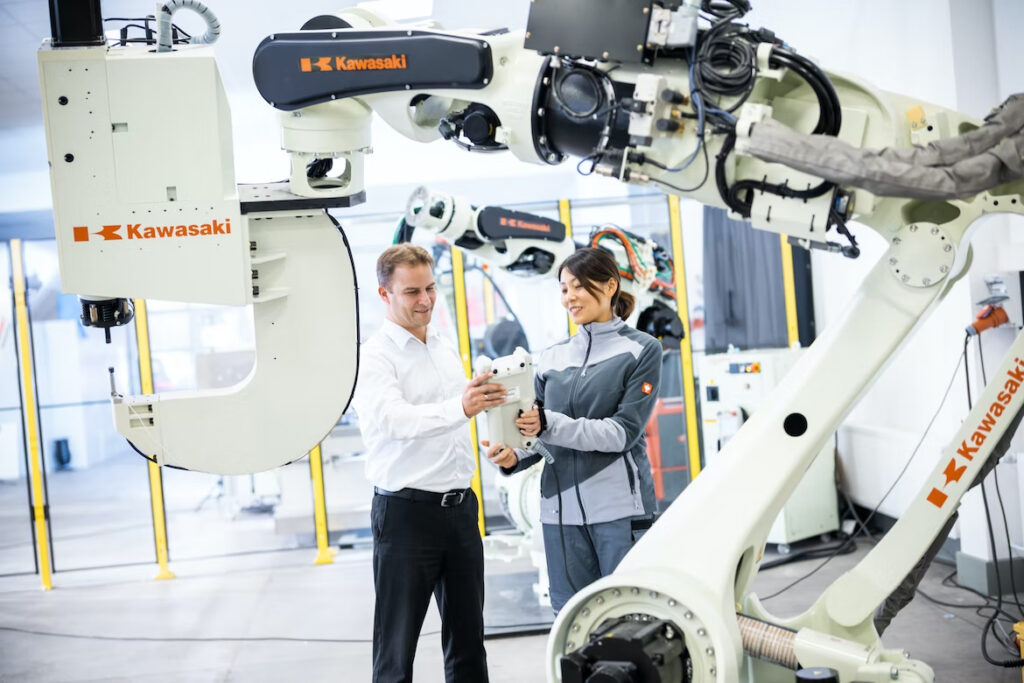3 Industries Robotics Have Drastically Disrupted
At a glance, it can be hard to imagine how advantageous robotics can be, whether it’s due to the impracticality of automation or the delicacy of the work. But in the last few years, the technology has become commonplace across many sectors and utilized to enhance business operations’ efficiency, productivity, and safety.
In this post, we’ll look into some of the industries that robotics is changing for the better. If you want to learn more, continue reading below.
- Agriculture
Depending on what the crop is and the scale of the work involved, the agriculture sector may require farmers to perform repetitious and heavy tasks, including but not necessarily limited to spraying pesticides, harvesting, and weeding by hand. As a result, traditional methods in farming are no longer viable, as it only makes it a struggle to keep pace with modern demands for animal products and crops.
For this reason, many businesses in the industry are now using robots and drones for assistance and to do work that would otherwise have been tedious or challenging more efficiently. Moreover, robotics technologies don’t just help with growing crops. They also have the potential to aid livestock farmers in monitoring, herding, and shepherding their flocks.
- Mining
Despite employing a single percentage of the world’s workforce, it accounts for nearly eight percent of all workplace fatalities. While there have been strides in safety technology for mining, it’s considered to be the most hazardous and dangerous profession globally. The good news is that robotics may change this.
With the use of robots, it’s possible to reduce the life-threatening risks associated with the occupation significantly. For example, the UX-1 is a robot that features sensors that can help it detect minerals and navigate flooded mines. While it’s relatively new, it has already been tested successfully. While it may not eliminate the danger, it’s a step in the right direction for miner safety.
- Healthcare
Due to the high-risk and precise nature of healthcare, robotics hasn’t been adopted as quickly into the industry compared to many others. Furthermore, many tasks performed by medical practitioners aren’t something that can be automated. Either the job requires a human touch or is too open-ended or complex.
That isn’t to say that there’s no work robots can do. For example, surgeons have benefitted from robotics, with the most famous being the da Vinci system. The system enables a surgeon to control the robot and perform precise incisions or reach specific areas that may be too challenging without the assistance of a robot. Another example is CARLO by AOT, which utilizes lasers for cutting bones with minimal physical contact.
Conclusion
Robotic technologies are significantly changing the way we work, whether it’s minimizing safety risks or enhancing overall productivity. While robots are still in relative infancy, there’s no denying the potential they hold for many industries. And as they continue to evolve and advance, there’s little doubt that they’ll become more common in many fields.


